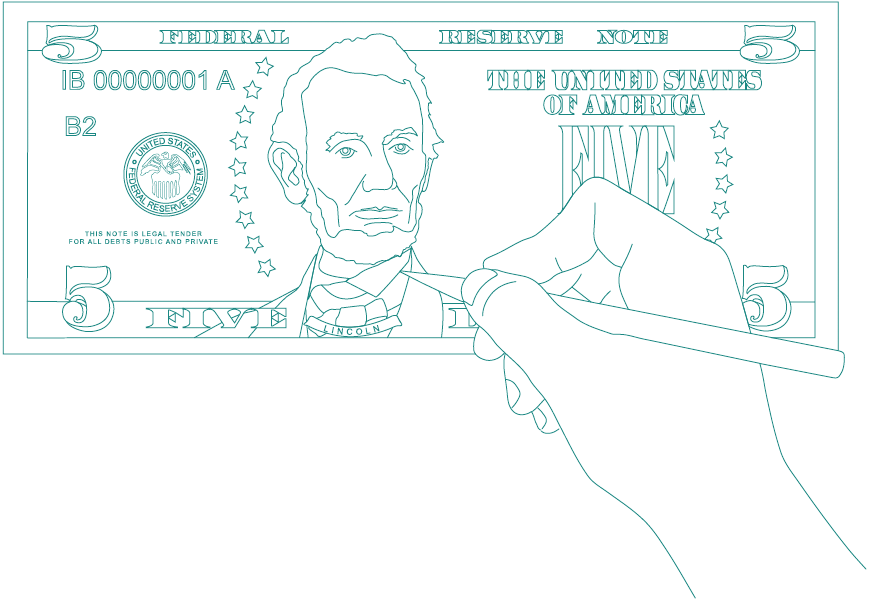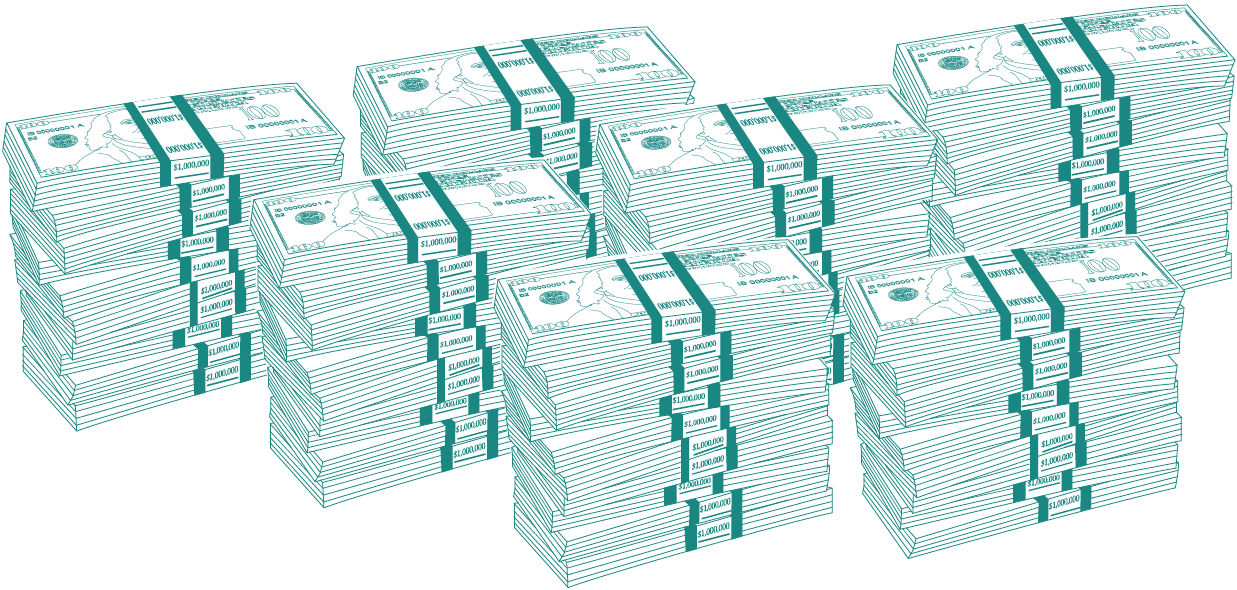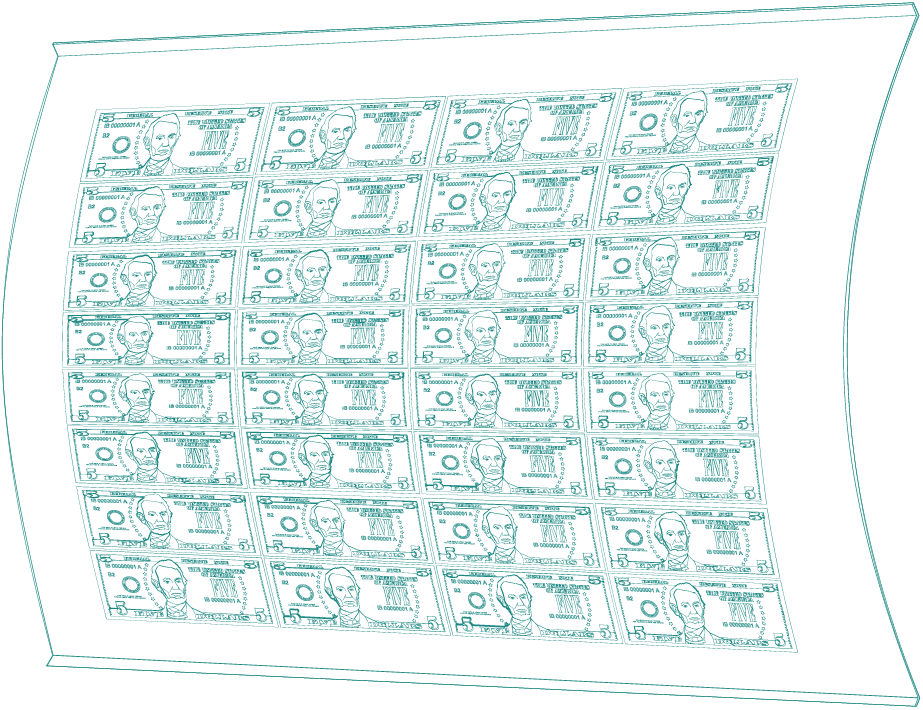Journey to Circulation
Journey to Circulation
Before a Federal Reserve note enters circulation, it must pass through four critical steps: design, order, production, and issuance.
All of these steps require close collaboration between the Federal Reserve Board, the Federal Reserve Banks, the U.S. Department of the Treasury’s Bureau of Engraving and Printing, and the U.S Secret Service.
Step 1
Design
U.S. currency begins with the design process, which is an interagency effort between the Federal Reserve, the U.S. Department of the Treasury's Bureau of Engraving and Printing, and the U.S. Secret Service. The Secretary of the Treasury has final approval of designs of Federal Reserve notes.
Keep scrolling for Step 2: Order
Step 2
Order
The Federal Reserve Board places an order for currency from the U.S. Treasury Department’s Bureau of Engraving and Printing every year. The order is based on how much currency will be demanded by the public in the coming year and by how much currency we expect Reserve Banks will destroy because the notes are unfit to circulate or because of other factors, such as inventory management or the issuance of a new design.
Keep scrolling for Step 3: Production
Step 3
Production
The Bureau of Engraving and Printing receives the print order and manufactures Federal Reserve notes at its facilities in Washington, D.C., and Fort Worth, Texas. To get a more detailed look of how banknotes are made, Discover more about how banknotes are made.
Keep scrolling for Step 4: Issuance
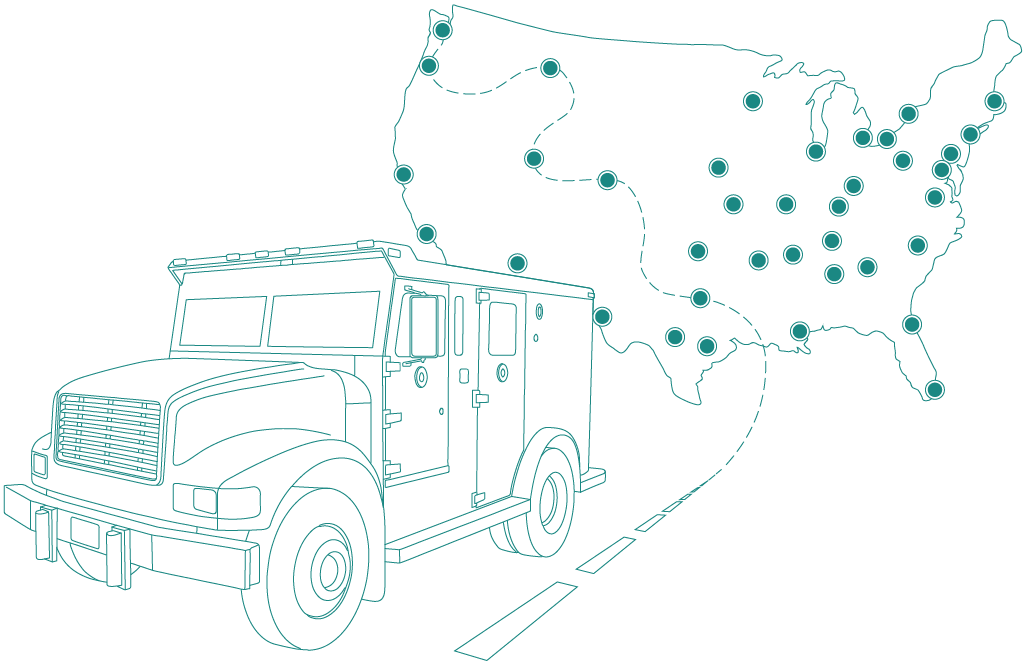
Step 4
Issuance
The Federal Reserve Board pays the Bureau of Engraving and Printing for the cost of printing currency and arranges and pays for the transport of the currency from the Bureau of Engraving and Printing facilities in Washington, D.C., and Fort Worth, Texas, to Federal Reserve Bank cash offices.
As the issuing authority, the Federal Reserve Board turns the pieces of paper manufactured at the Bureau of Engraving and Printing into lawful money.
Keep scrolling for Step 5: Circulation
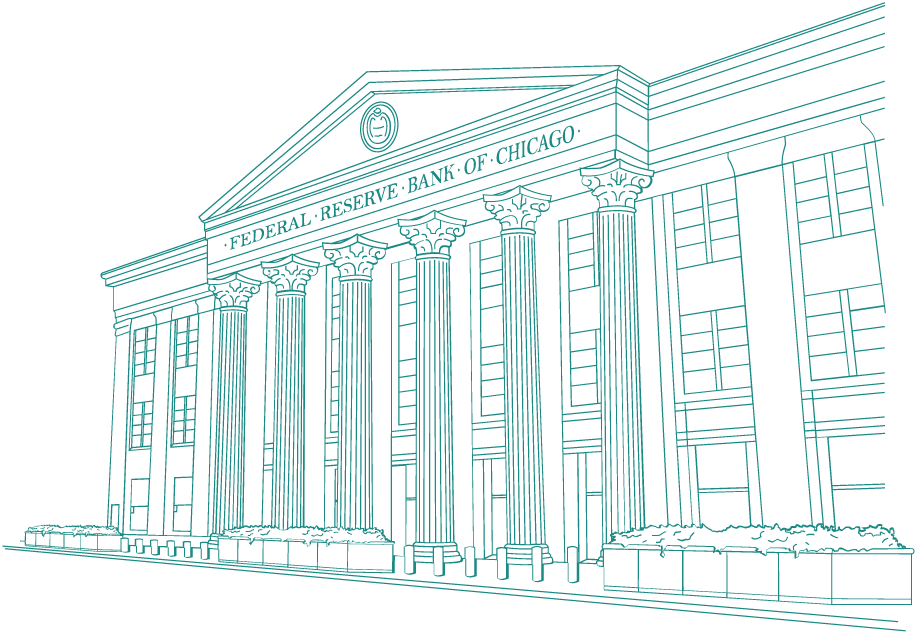
Step 5
Circulation
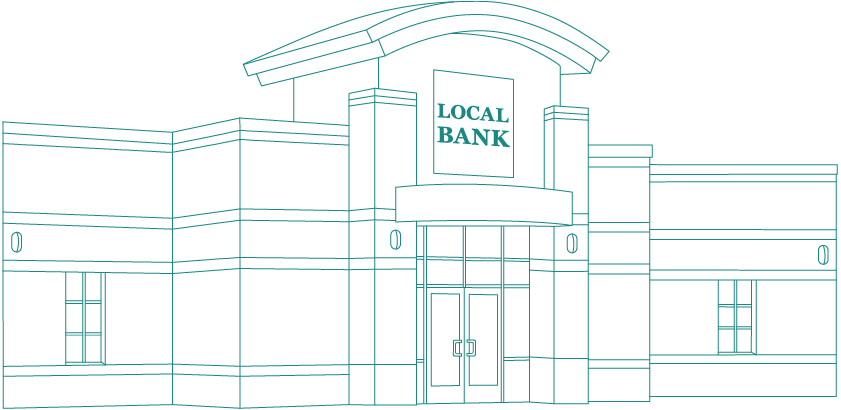
Federal Reserve Bank cash offices distribute banknotes to the public through depository institutions, such as commercial banks, credit unions, and savings and loans associations.
Federal Reserve Banks are responsible for processing banknotes to ensure that they are genuine and fit for recirculation. If the banknotes are not genuine, Federal Reserve Banks send them to the U.S. Secret Service. If they are genuine and still in good condition, the notes are sent to depository institutions to fill new orders for currency.
